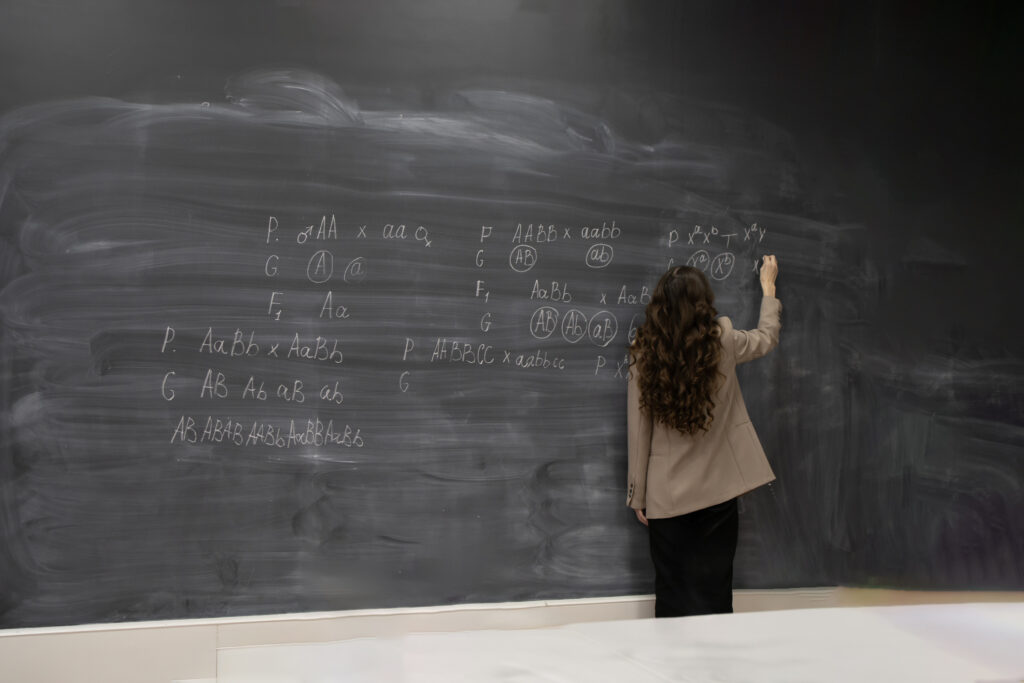In international academic comparisons, U.S. students appear to do relatively well in fourth grade but slide thereafter. A new report analyzing three such comparisons, however, suggests even the nation’s fourth-graders might be struggling.
Reassessing U.S. International Mathematics Performance: New Findings from the 2003 TIMSS and PISA, released by the American Institutes for Research (AIR) in late November, compares American mathematics scores on the 2003 fourth- and eighth-grade Trends in International Math and Science Study (TIMSS) and Program in International Student Assessment (PISA) against the scores of 11 other nations that participated in all three tests.
The report’s main purpose is to correct misconceptions about U.S. performance stemming from the wide variation in the number of nations that participated in the three assessments. In 2003, 24 countries participated in the fourth-grade TIMSS, 45 in the eighth-grade, and 40 in PISA. The United States finished in the top half on the fourth-grade TIMSS, the top third on the eighth-grade, and the bottom half on PISA, which tested 15-year-olds. Compared to the 11 other nations that took all three tests, however, American students finished eighth on the fourth-grade TIMSS, ninth on the eighth-grade, and ninth on PISA.
“Hence,” the AIR report says, “the comparison changes little as U.S. students progress through school–a consistent picture of overall mediocrity.”
Nationalizing Curricula?
In addition to its main finding, the report revealed several notable trends.
First, the researchers found the nations’ achievements relative to each other remained consistent from the youngest children to the oldest: “In general, a country’s initial grade 4 international performance is likely to be where the country ends up performing internationally for 15-year-olds.”
Next, AIR observed U.S. curricula omit smaller percentages of the tested topics than the comparison countries, and, because U.S. textbook companies publish books to cover the curricula of 50 states, their content is very broad relative to comparison nations, which typically have a national curriculum. The researchers concluded the breadth of material covered by American schools prevents students from learning material in sufficient depth.
That finding led Steven Leinwand, one of the report’s primary authors, to conclude U.S. policymakers “ought to step back and take a look at national tests.”
Mixed Reactions
In addition to these findings, AIR reported American fourth-graders spent about the same amount of instructional time on mathematics as students in the other countries, and somewhat more in eighth grade. However, about two-thirds of U.S. teachers discussed the relevance of mathematics in at least half their classes–almost double the average in comparison countries.
Only 28 percent of American fourth-grade teachers had specialized math training in college, versus 51 percent in the comparison nations. The authors also noted a tendency for countries that stressed “computational and procedural skills” in primary grades to outperform those that emphasized “mathematical reasoning and communication.”
Reactions to the report were mixed. Kathy Christie, vice president for Knowledge Management at the Education Commission of the States (ECS)–a 40-year-old Denver-based nonprofit compact between states to improve education–said the report strengthened calls for better math and science instruction, though it was not entirely “comparing apples to apples” because the comparison nations likely did not educate the same breadth of students as U.S. schools. Like Leinwand, Christie said the time might be coming for policymakers to ask themselves, “Do we want national standards?”
Kirk Johnson, a senior policy analyst at The Heritage Foundation’s Center for Data Analysis, agreed that U.S. students struggle in math, but he questioned the conclusion that their performance is consistent from one grade level to the next.
On the 2003 National Assessment of Educational Progress, Johnson noted, a higher percentage of fourth-graders were proficient than eighth-graders. Johnson also was surprised that “even though the authors admit that ‘a national mathematics curriculum does not guarantee high performance,’ they still argue for it as an intrinsic good.”
Neal McCluskey ([email protected]) is a policy analyst at the Cato Institute’s Center for Educational Freedom in Washington, DC.
For more information …
The full text of Reassessing U.S. International Mathematics Performance: New Findings from the 2003 TIMSS and PISA is available online at http://www.air.org/news/documents/TIMSS_PISA%20math%20study.pdf.



